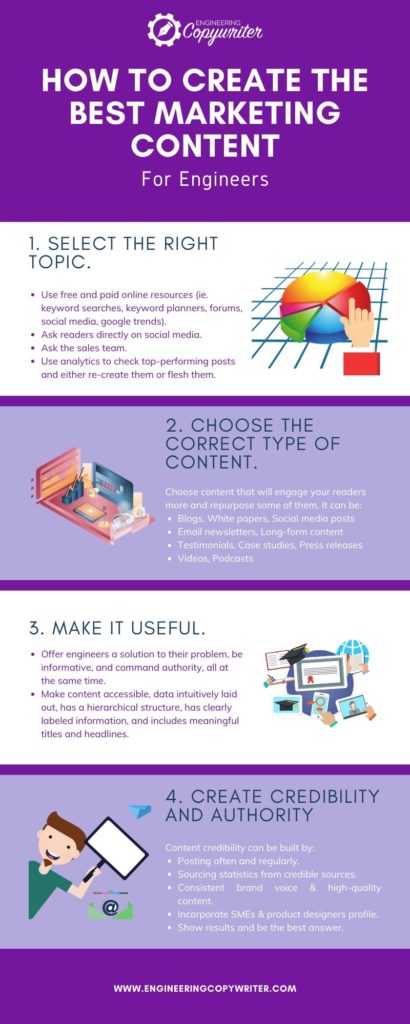3. Engagement
You can reach a wider audience by increasing brand recognition. To attract members of your target audience, you must entice them with great content. Key engagement indicators can help you assess how well the content you publish resonates with your audience. These metrics show your ability to not only captivate your audience but also move them further through the sales funnel.
a. Engagement rate
User engagement takes into account how long and how frequently visitors engage with your website’s content. To be considered an engagement session in Google Analytics 4, a visitor must view your website for more than ten seconds, visit at least two different pages, or induce a conversion event.
b. Time on the page
The amount of time visitors spend on your website indicates how relevant or compelling they find your content. If your average session time is short, it could mean that your current content isn’t capturing their interest well enough.
c. Page/scroll depth
Do your viewers just lose interest after reading your titles, or do they read your entire article? By measuring page depth, you can estimate how intriguing and readable your content is. Page depth is how far down the page a visitor goes before clicking away.
d. Likes, shares, and comments
Highly captivating content does more than attract readers’ interest; it also encourages them to engage with it directly. When a customer likes, comments, or shares your blog or social media post, it puts your content in front of more eyes. Since you’re reaching a wider audience, you’ll eventually generate more leads.
4. Revenue
 Content marketing is usually regarded as a top-of-the-funnel marketing strategy because of its capacity to increase brands’ visibility and organic reach. However, well-optimized content can also motivate customers to take action that is both logical and profitable. How do businesses assess the ROI of their content marketing efforts? Consider monitoring the following metrics to evaluate return on investment (ROI):
Content marketing is usually regarded as a top-of-the-funnel marketing strategy because of its capacity to increase brands’ visibility and organic reach. However, well-optimized content can also motivate customers to take action that is both logical and profitable. How do businesses assess the ROI of their content marketing efforts? Consider monitoring the following metrics to evaluate return on investment (ROI):
a. Leads
When a website visitor chooses to provide their contact details by subscribing to a newsletter, downloading gated content, or even contacting you directly, they become a lead. The total number of leads generated by your content marketing efforts indicates how well your content converts members of your target audience into prospects and eventually, loyal customers.
b. Conversion rate
Optimized content increases website traffic, but only a small percentage of visitors will become paying customers. In contrast to leads, which track the total number of prospects netted by your efforts, conversion rates reflect the proportion of visitors who take a certain step in the sales funnel after reading your content. A high conversion rate suggests that your content is reaching your target audience, and it often results in an increase in revenue.
c. Cost of acquisition
Your content marketing efforts can help you attract prospective customers, but along the way, you must also track the expense of doing so. You can quantify the average customer acquisition cost by dividing the cost of your marketing campaign by the number of customers it brings. If your average revenue per customer exceeds this amount, you’ve probably established a successful content marketing strategy.
d. Total revenue
Total revenue is the most basic measure of your content marketing ROI. A successful content marketing strategy will generate more money than it consumes. This more generalized ROI is measured by dividing net revenue by total expenditure. It’s important to note that content marketing takes longer than traditional marketing methods to deliver results. It takes time to build up a base of assets, so don’t be discouraged if you don’t notice changes overnight. Concentrate on producing consistent and compelling content, and the metrics will eventually reflect your efforts.





 While content marketing has implications at every stage of the customer journey, it is most effective at increasing brand awareness at the top of the sales funnel. Firms usually create content with brand awareness in mind since content marketing specializes in building brand recognition within the marketplace. But how can you be sure your content marketing efforts are having the right effect?
While content marketing has implications at every stage of the customer journey, it is most effective at increasing brand awareness at the top of the sales funnel. Firms usually create content with brand awareness in mind since content marketing specializes in building brand recognition within the marketplace. But how can you be sure your content marketing efforts are having the right effect? Where does your content rank on the search engine results page when someone searches your target keyword? According to
Where does your content rank on the search engine results page when someone searches your target keyword? According to  Content marketing is usually regarded as a top-of-the-funnel marketing strategy because of its capacity to increase brands’ visibility and organic reach. However, well-optimized content can also motivate customers to take action that is both logical and profitable. How do businesses assess the ROI of their content marketing efforts? Consider monitoring the following metrics to evaluate return on investment (ROI):
Content marketing is usually regarded as a top-of-the-funnel marketing strategy because of its capacity to increase brands’ visibility and organic reach. However, well-optimized content can also motivate customers to take action that is both logical and profitable. How do businesses assess the ROI of their content marketing efforts? Consider monitoring the following metrics to evaluate return on investment (ROI):